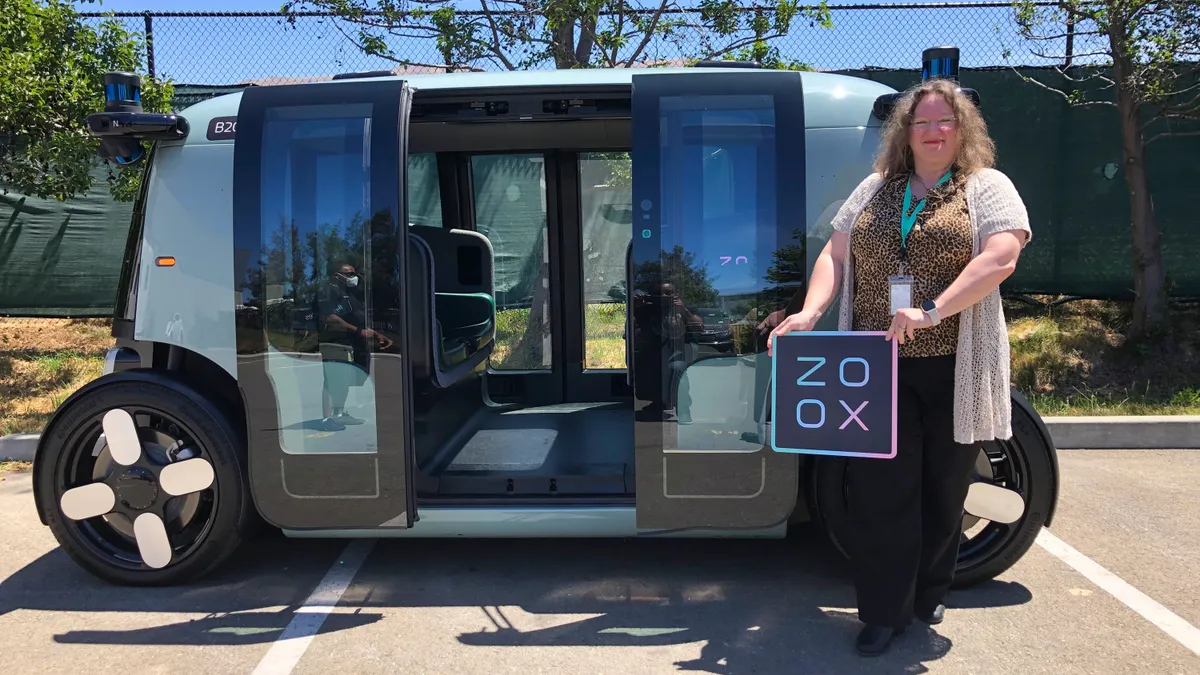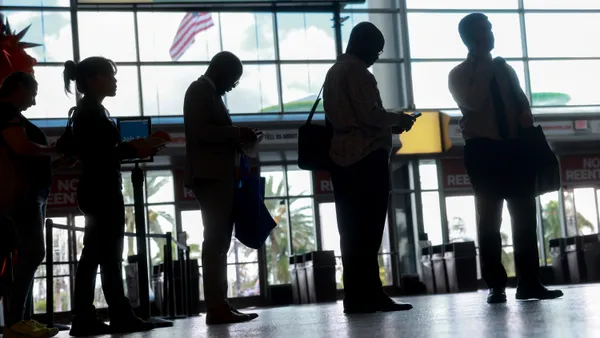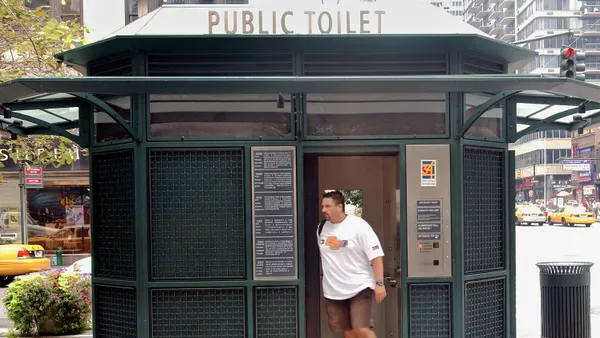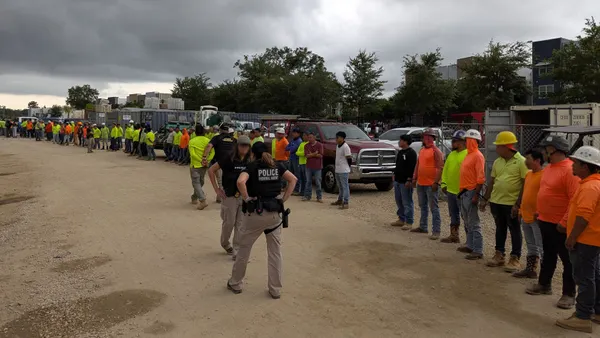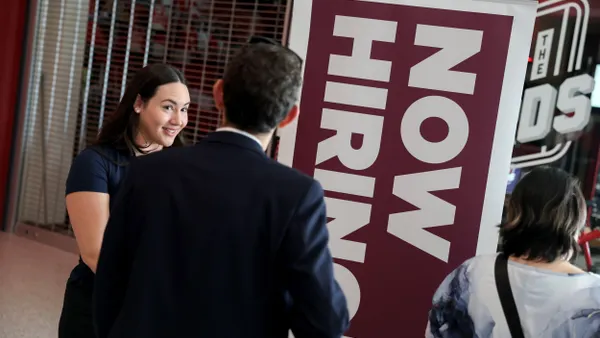Editor’s Note: This story is the second in a series about employers reaching out to nontraditional workforces.
Juana Rudati was out of the full-time workforce for six years after her job as branch chief at the U.S. Department of Defense in San Francisco ended.
“I was looking for a job for quite a while, mostly the whole time I was away. Then, life got in the way,” Rudati said.
Her mom had a heart attack; she needed to travel to Florida to care for her, and her child was attending school remotely during the beginning of the COVID-19 pandemic.
Over the years, she took on various part-time roles, working as an adjunct physics professor at Diablo Valley College in Pleasant Hill, California, and as a grant writer. But she could never fully return to the workforce, and she didn’t want to take a job that wasn’t the right fit.
Last year, with her mom in assisted living and her child back at school, she applied for — and landed — a returnship program at Zoox, an Amazon-owned company that develops self-driving taxis, through Path Forward, a not-for-profit organization that works with employers to offer returnship programs for caregivers.
“Now I can go back to working, which actually I enjoy,” Rudati said.
Rudati, along with the six others who were part of Zoox’s first returnship cohort, was hired into a full-time position at Zoox last April after completing the 16-week returnship program. She’s now a technical project manager tasked with ensuring the safety of the company’s robot platform.
“It’s doing something at the edge of what's possible, which is what I'm used to. I’m used to doing things that have never been done, that some people might say are not even possible,” Rudati said.
Despite her history as a scientist and researcher, Rudati said she faced the “unconscious bias” recruiters and hiring managers can have against returners before she found Zoox, a company that was actively trying to hire people returning to the workforce after time away.
“We’re not interns. We’re not just coming in from out of school,” Rudati said. “If you look at my LinkedIn, it’s quite impressive. People don’t even see it. It’s like it doesn’t exist.”
Bridging the resume gap
Returnship programs help companies find experienced candidates to fill mid-level positions that aren’t right for applicants just out of college, who take less time and money to get up to speed because they’ve spent time in the workforce and who can help employers make headway on diversity goals, those in charge of the programs say.
And they can help applicants overcome resume gap bias. Someone with a gap on their resume has a 45% lower chance of getting a job interview, according to a study conducted in 2019 by ResumeGo, a resume-writing service. In that study, more than 35,000 positions on job boards like Ziprecruiter, Indeed and Glassdoor were applied to by fictitious candidates. The callback rate for applicants out of the workforce for three years, for example, dropped 53% compared to workers who had resume gaps of two years, the study found.
“A major challenge I ran into was the blank space on my resume. Even when I repeatedly polished my LinkedIn profile and eagerly took every interview, I kept hearing the same thing from recruiters: overqualified and no recent experience,” Ellen Chamberlain, sales and strategy analyst for the south division of PepsiCo, who participated in the company’s pilot returnship program last year, told HR Dive via email.
At the end of the 16-week program with Path Forward, 80% of participants, including Chamberlain, accepted full-time positions with PepsiCo, Heather Hoytink, president of PepsiCo South Division, who oversees the returnship program, said. The company is in the midst of its second cohort, which is double in size.
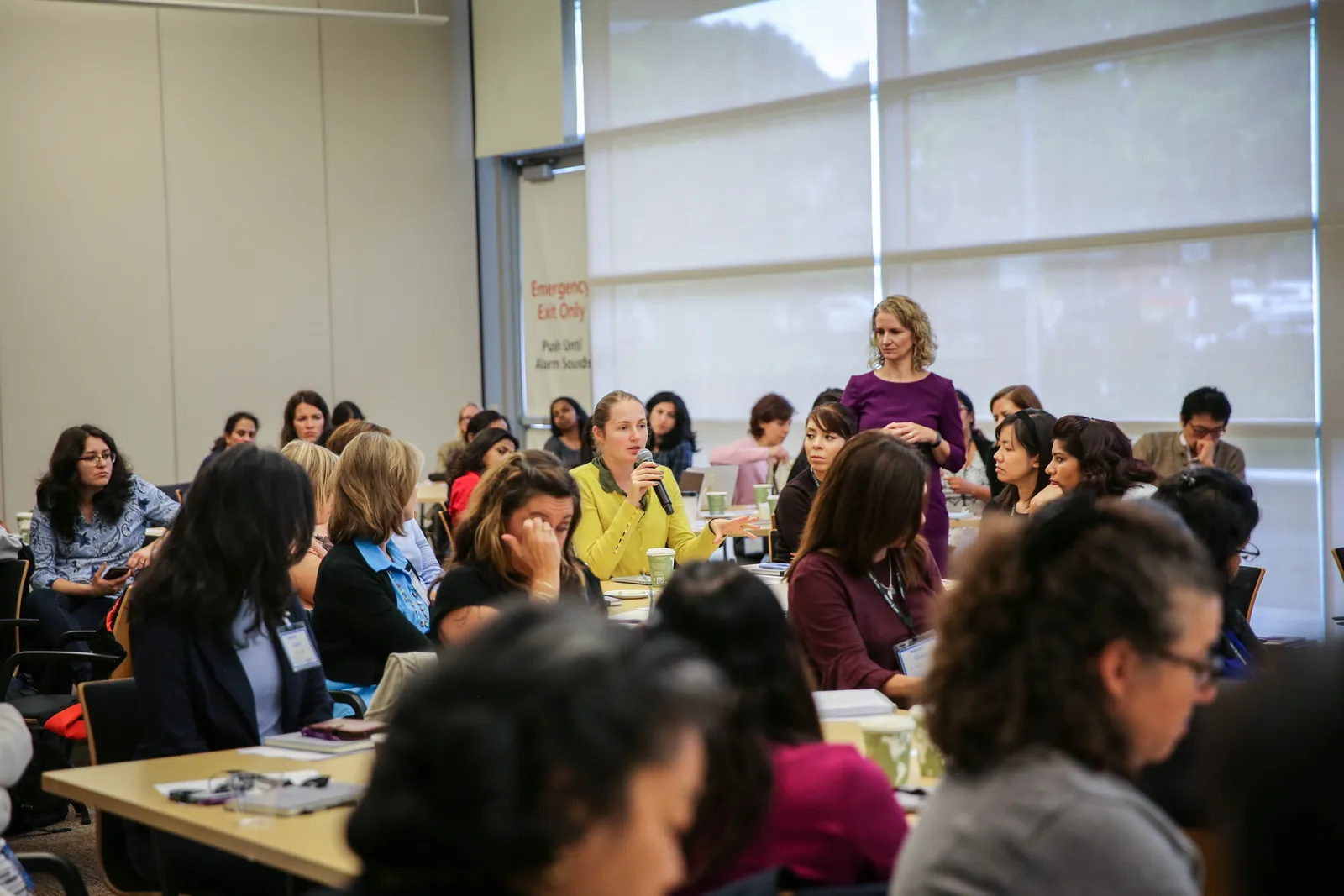
Creating on-ramps
“People don’t just forget what they knew from their careers while they were out,” said Christine Winston, executive director of Path Forward. “There are very few on-ramps back into the workforce.”
Most returnship programs last a few months and require applicants to have some degree of past professional experience, she said. Companies have open positions set aside for workers to fill after they complete their returnship programs.
“These are for people for whom the current interview and job hiring process isn’t working because of the bias,” Winston said. “A gap in a resume can often be a reason a recruiter or a [hiring] system sets an application aside. The gap is an automatic whammy for the applicant.”
Venus Senjam applied to countless companies over six months before she found reacHIRE, another organization that forms partnerships with employers to get returners back to work.
“I had almost 10 years of a gap,” Senjam said. “There was no way I was going to get a job in a normal way.”
She was in the Indian Army Corps of Engineers before her husband got a job offer in the U.S., and the family relocated from India. She chose to stay home with their children, who now are in middle and high school.
“I felt like it was time to get back,” she said. But the application process, she said, was emotionally draining. “Every time you don’t receive anything, your morale and confidence goes down.”
In the returnship program at reacHIRE, she said she cried with the other returners. “There’s a lot of emotion,” Senjam said. “It’s about how much we went through just to get a job.”
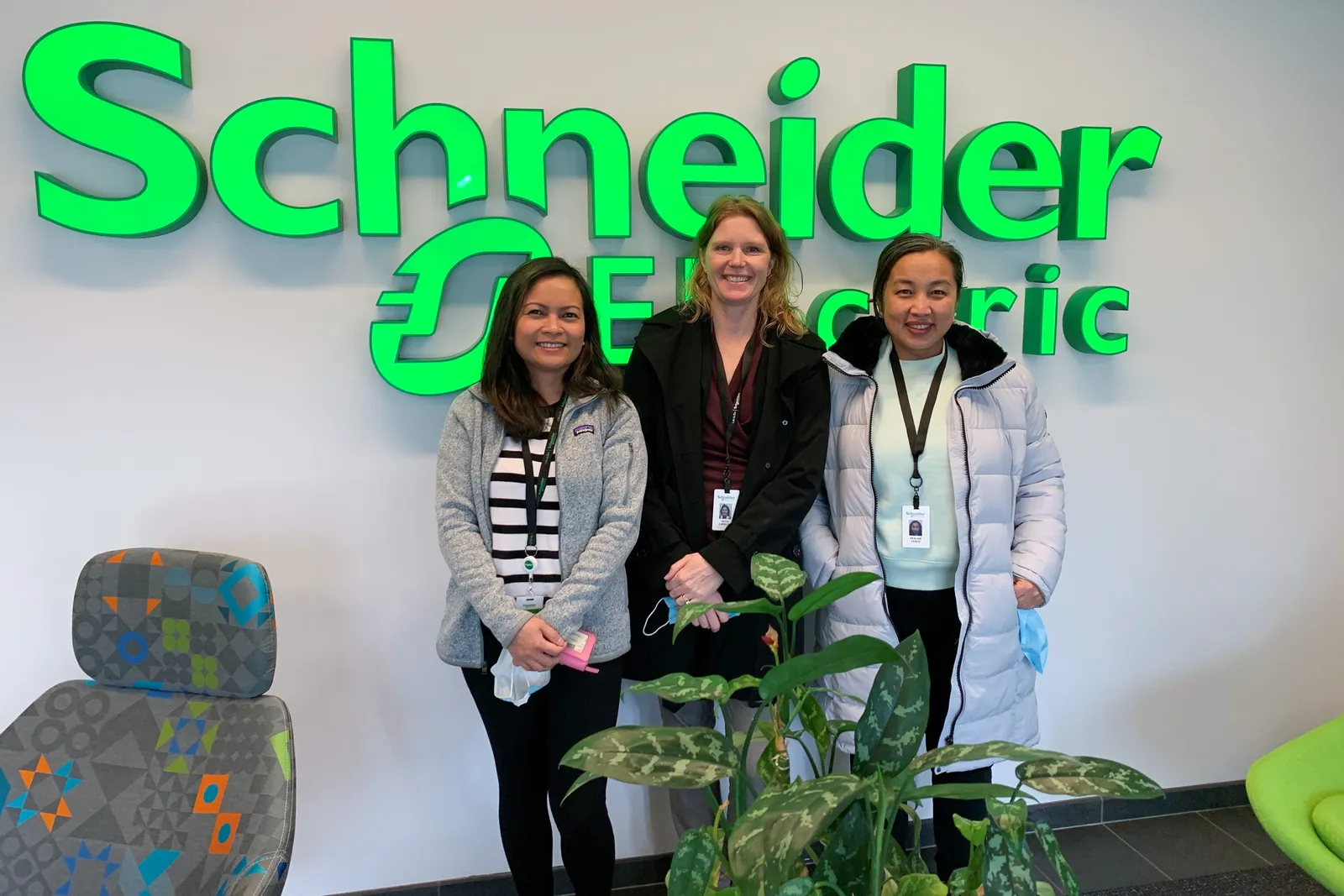
But the program built up her confidence and mentally prepared her to return to the workforce, she said. Now, she is a senior customer project manager at Schneider Electric. Senjam was part of Schneider Electric’s first cohort of returners, 70% of whom were hired by the company.
“The reason that we decided to experiment in this space and pilot something like this was because we were struggling a bit facing some challenges with a rising number of openings, like many big companies. Progress against our diversity initiatives was pretty slow, and we were really facing a lack of qualified, diverse talent,” said Christie Lee, HR business partner and returnship program lead at Schneider Electric.
The company is now in the middle of its second cohort, which is double in size compared to the 2022 pilot, and is planning to further expand the six-month returnship program next year, Lee said.
“The goal for this is to not just be a six-month experience; it is to convert these returners to full-time employees,” Lee said. “These individuals, like Venus and the others, they upscale quickly to perform well in these roles, so that in six months they are learning and performing better than a person who is newer. The cost associated with that pays off when you compare that to, say, a recent graduate who might require a lot more training.”
Returners are paired with mentors, and managers are trained on how to offer support.
“I never felt I was left out, even though I didn’t understand 75% of things,” Senjam said. “I have a very supportive team.”



